A cover letter is a vital part of your submission because it is directly read by the editor who decides on the acceptance or rejection of your paper. Therefore, the cover letter is crafted to “convince the editor to include your article in the journal.“
Table Of Content
- Cover Letter versus Title Page in Journal Submissions
- Cover Letter
- Title Page
- How to Structure a Cover Letter
- Heading
- Salutation
- Introduction
- Manuscript Summary
- Fit for the Journal
- Compliance Statement
- Suggested Reviewers (Optional)
- Closing
- Date
- Editor’s Name and Address
- Formatting and Style Guidelines
- Do’s and Don’ts for Writing a Cover Letter for Journal Submission
- Quick Cover Letter Checklist Before Submission
- Eexample of cover letter for research paper
Cover Letter versus Title Page in Journal Submissions
When submitting a research paper to a journal, it’s crucial to understand the distinct roles of the cover letter and the title page. The cover letter serves as an introduction of your manuscript to the journal’s editor, while the title page is the first page of your article, containing the title, author(s), and other important details.
Cover Letter:
- Purpose: Introduces your manuscript to the journal editor
- Content: Highlights the importance of your research, explains why your research fits the journal’s scope
- Importance: The editor reads the cover letter to decide whether to proceed with your submission, making it a critical part of the acceptance process
Title Page:
- Purpose: Provides essential information about the manuscript
- Content: Includes the title of the paper, author names, affiliations, and other details
- Importance: The title page is a formal component of your manuscript that ensures all necessary information is presented clearly
How to Structure a Cover Letter
A well-structured cover letter for journal submission typically includes the following sections:
Heading
The heading should include:
- Your full name,
- Institutional affiliation,
- Contact information (email and phone number),
- Some journals may also require the manuscript title.
For example:
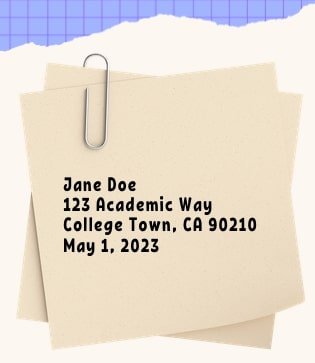
Salutation
Address the editor formally by name if known, otherwise use:
- Dear Editor
- Dear Editor-in-Chief
- Dear [Journal Name] Editorial Team
Introduction
In 1-2 sentences, state the purpose of your letter, which is to submit your original research manuscript for consideration by the journal.
Example of a Personalized Cover Letter Introduction:
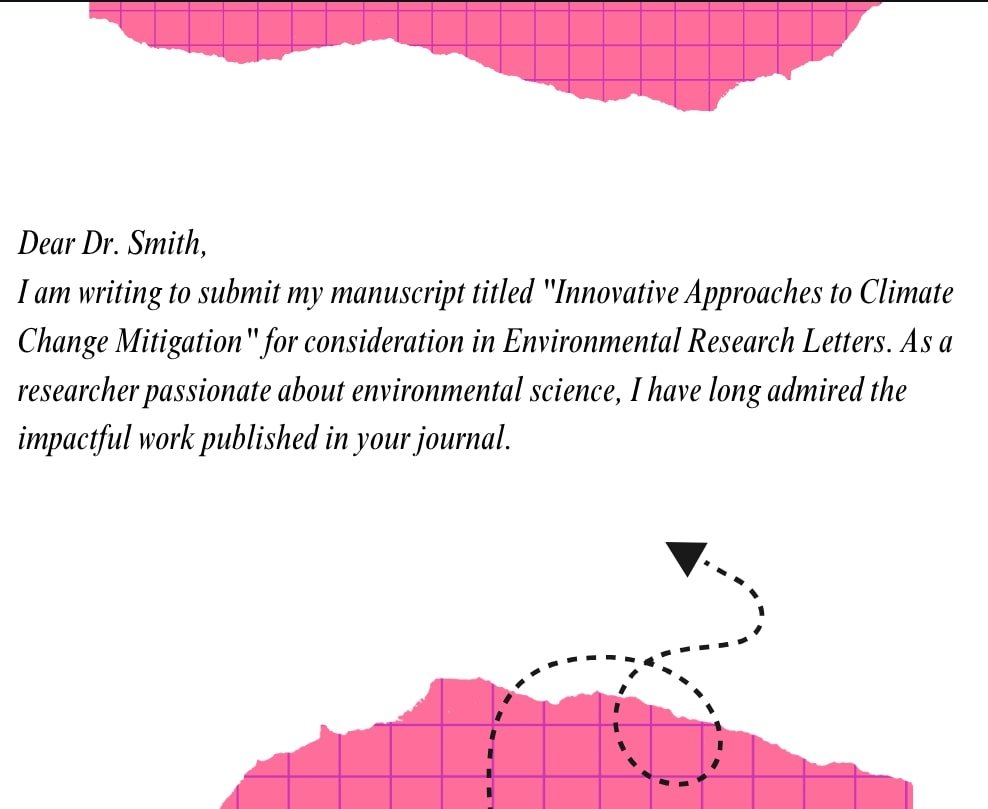
Manuscript Summary
Provide a brief, 1-2 paragraph summary of your manuscript. Highlight the key findings, significance, and novelty of your research. This section should pique the editor’s interest.
Example of Highlighting Research Significance:

Fit for the Journal
Explain why your manuscript is a good fit for the journal you are submitting to. Mention the journal’s scope, audience, and how your work aligns with its aims and focus areas.
Example of Addressing Journal’s Scope:
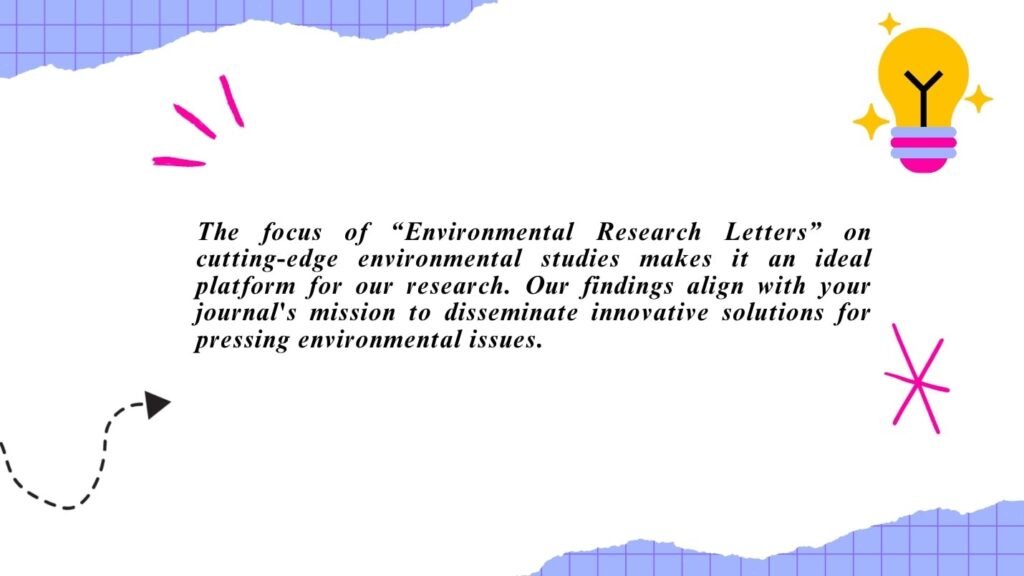
Compliance Statement
Confirm that your manuscript complies with the journal’s guidelines for authors, formatting requirements, and ethical policies.
Suggested Reviewers (Optional)
Some journals allow authors to suggest potential reviewers. If applicable, provide:
- The names,
- Affiliations, and email addresses of 3-5 qualified experts in your field who have no conflicts of interest.
Example of Suggested Reviewers:
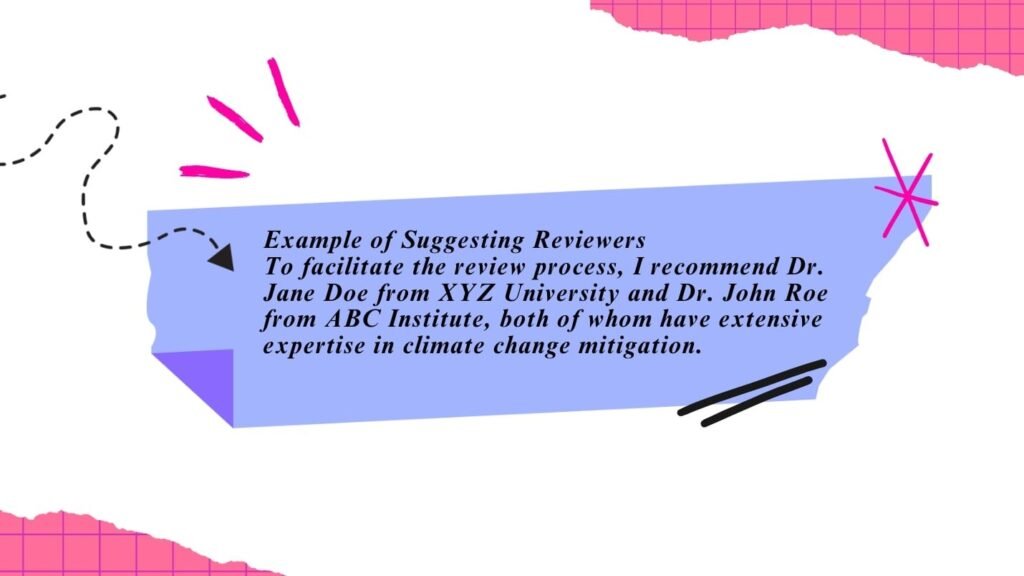
Closing
Thank the editor for considering your manuscript and express your willingness to revise the work if needed. You can also mention any supplementary materials included.
Remember to keep the cover letter concise, formal, and focused on presenting your work effectively.
Example of a Strong Conclusion:
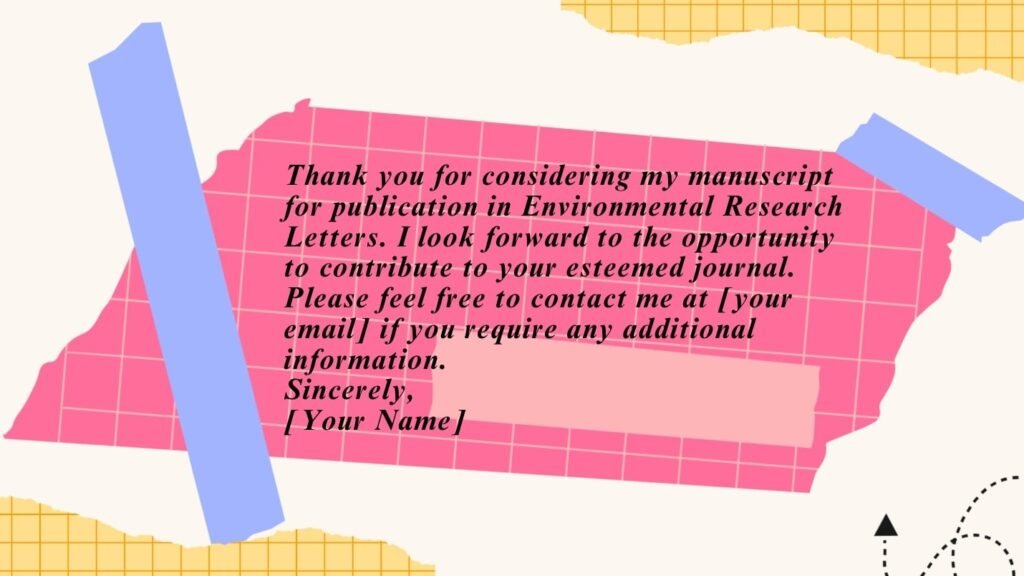
Date
Include the current date.
Editor’s Name and Address
Address the cover letter to the specific editor handling manuscript submissions for that journal. Use their full name and proper title.
Formatting and Style Guidelines
When it comes to formatting and style, a cover letter for journal submission should maintain a professional and polished appearance. Here are some tips to follow:
- Use a standard font like:
- Times New Roman,
- Arial,
- or Calibri in a readable size (11 or 12 point).
- Set the margins to 1 inch on all sides
- Use single or 1.15 line spacing for a clean and organized look
- Keep the cover letter to one page, ideally no more than three or four paragraphs
- Align the text to the left, and avoid excessive indentation or spacing between paragraphs
- Include your contact information (name, address, email, and phone number) at the top of the letter.
- Address the letter to the appropriate editor or editorial board member, using their correct title and name
- Close the letter with a professional sign-off, such: “Sincerely, [Your Name], [Your Position], [Your Institution], [Your Email]”
Do’s and Don’ts for Writing a Cover Letter for Journal Submission
| Do’s | Don’ts |
|---|---|
| Personalize the Salutation: Always address the editor by name if possible. | Avoid Jargon: Keep the language clear and accessible, even to those outside your specific field. |
| Be Concise: Keep your cover letter to one page. | Don’t Oversell: Be confident but avoid hyperbolic statements about your research. |
| Highlight Key Findings: Focus on the most important aspects of your research. | Don’t Rehash the Abstract: Summarize your work without repeating the abstract verbatim. |
| Proofread: Ensure there are no grammatical or typographical errors. | Avoid Negativity: Stay positive and professional in tone. |
| Follow Submission Guidelines: Adhere to any specific requirements set by the journal. | Don’t Ignore Conflicts of Interest: Always disclose any potential conflicts. |
Quick Cover Letter Checklist Before Submission
Before you hit send, run through this checklist to ensure your cover letter is flawless:
- Addressed to the correct editor : Have you addressed the editor by name?
- Clear summary of the research: Did you summarize the significance and novelty of your research?
- Explanation of the manuscript’s relevance to the journal: Have you confirmed that the manuscript is original?
- Statement of originality: Have you confirmed that the manuscript is not submitted elsewhere?
- Author and co-author’s infomation: Did you include your contact information and that of your co-authors?
- Proofread for errors: Is the letter free from spelling and grammatical errors?
Eexample of cover letter for research paper
To help you get started, here are some sample cover letter templates that you can download and customize for your journal submission:
A basic cover letter template suitable for most journal submissions.
A more detailed template with sections for highlighting research significance and potential impact.








No Comment! Be the first one.